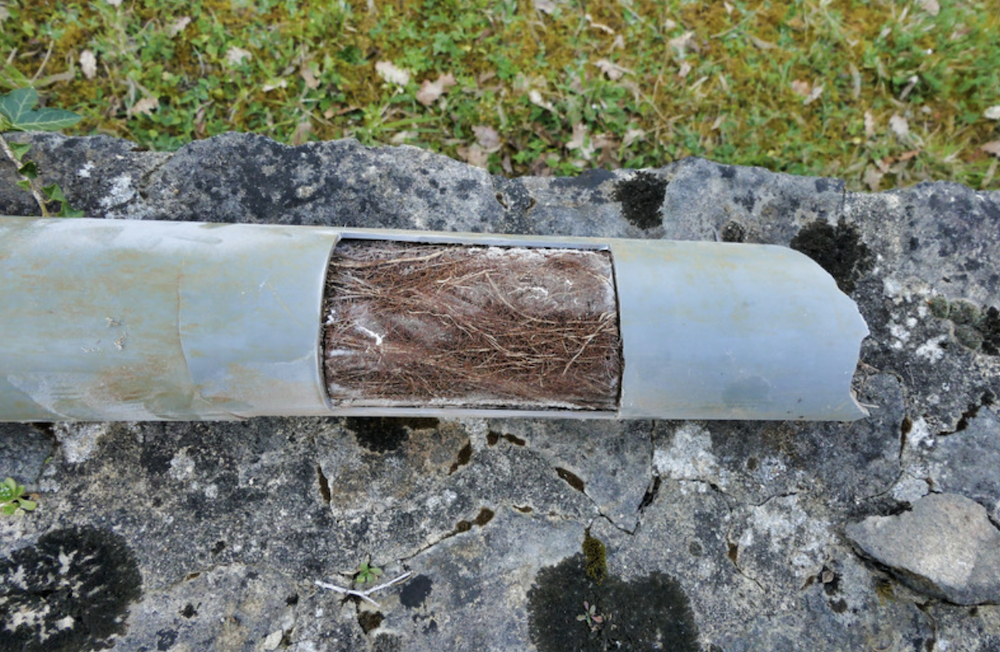
Ever wondered what the most common plumbing problems are In Australia? We have created a list of the top 6 things we get called out for the most.
Plumbers are frequently called upon to address plumbing issues in both residential and commercial properties. These problems can range from minor inconveniences to major emergencies, but regardless of the severity, At Your Maintenance is well-equipped to handle any issue. In this blog, we’ll be discussing the six most commonly encountered plumbing problems in Australia, along with some handy tips on how to fix them.
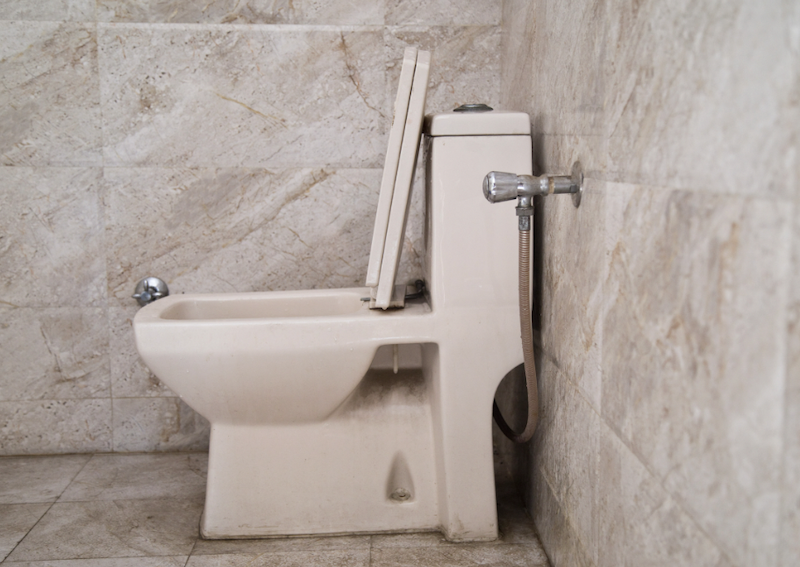
A clogged toilet or running toilet is typically the result of an obstruction within the pipe, and it’s a plumbing problem that many individuals aren’t comfortable handling on their own. Consequently, professional plumbers are usually called upon to address these issues.
While attempting to resolve the problem independently, one may try using a plunger to dislodge the blockage or a plumbing snake if the plunger fails.
However, if the blockage is severe, it’s best to enlist the services of a professional plumber to address the issue effectively.
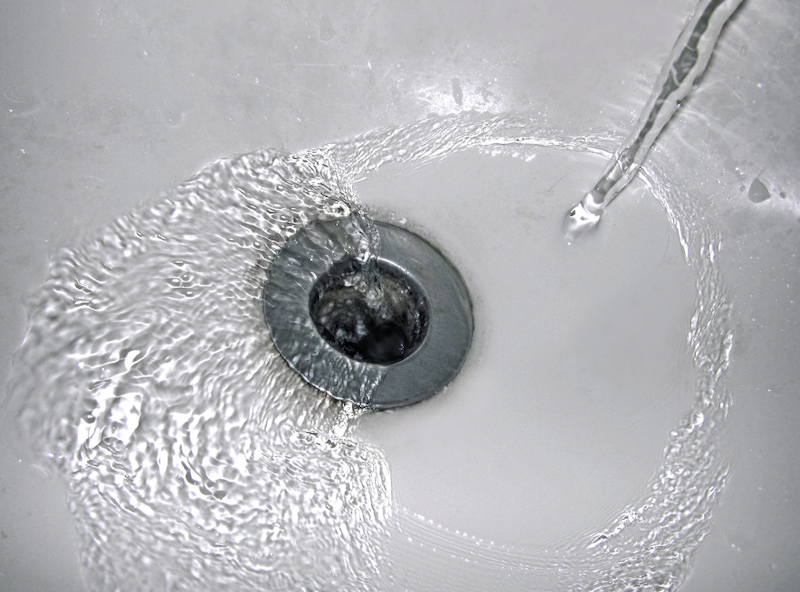
When a sink is draining slowly, it’s typically indicative of a drainage problem caused by various substances. Hair often enters the drain through the bathroom sink, shower area, or bathtub, while grease and oil may find their way down from the kitchen sink.
These substances accumulate over time and can cause clogs, preventing water from flowing freely.
Minor obstructions can be dislodged using a plunger, while grease-removing agents may help eliminate any build-up within the drains.
However, if these remedies prove ineffective, it’s best to seek the assistance of a professional plumber to handle stubborn blockages in drains.
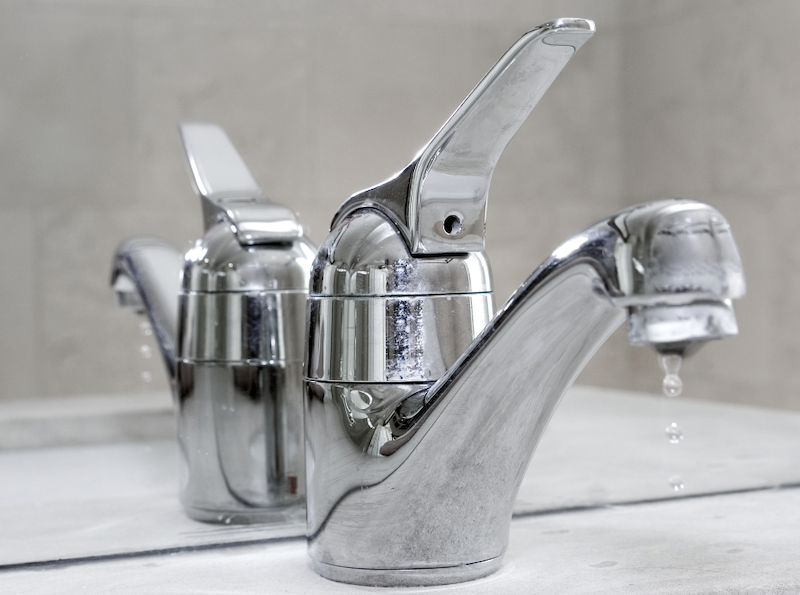
Another common plumbing issue is a dripping tap, which not only creates an irritating sound but also increases your water bill. Typically, a damaged washer caused by over-tightening the tap is to blame.
Replacing the washer with a new one is necessary to resolve the issue. However, it’s crucial to verify local regulations as some areas prohibit DIY tap repairs.
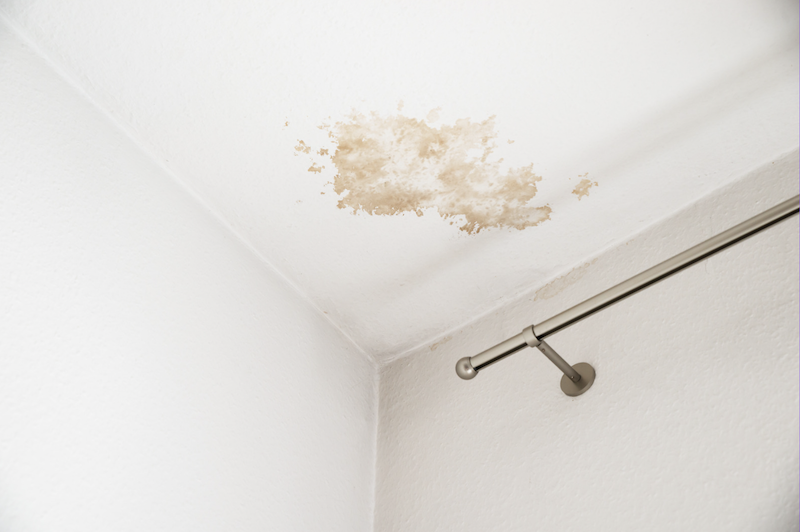
A leaking roof is a common problem because roofs are the primary line of defence against the elements such as rain, snow, and hail. Roofs are constantly exposed to the elements and over time can become damaged due to wear and tear, aging, or severe weather conditions.
Common causes of a leaking roof include missing or damaged shingles, cracks in the roof or flashing, clogged gutters, or inadequate roof ventilation. Additionally, poor installation or substandard materials used during the construction of the roof can also contribute to leaks.
Since water can travel some distance before appearing inside the house, it can be challenging to identify the precise location of a leak. If left unaddressed, a leaking roof can cause significant damage to a home’s structure, including rotting wood, mould growth, and damage to ceilings, walls, and floors. Therefore, it’s important to have a professional assess and repair any signs of a leaking roof as soon as possible to avoid further damage and costly repairs.

Tree roots are a common problem for plumbing in Australia because of the country’s diverse flora, which includes many species of trees that have extensive root systems. As trees grow, their roots spread out in search of moisture and nutrients, and can easily find their way into pipes and drains, especially those made of older materials such as clay or cast iron.
Once inside the pipes, the roots can grow and expand, causing blockages, cracks, and even breakages in the pipes, leading to leaks and other plumbing issues. This is particularly true in areas where there is a high concentration of trees, such as in suburbs and parks, where the trees may have been planted close to the pipes. Additionally, changes in soil conditions, such as drought or heavy rainfall, can also encourage tree roots to grow and invade pipes.
To prevent tree root damage to plumbing, regular maintenance, such as trimming trees, can help keep root growth under control. Additionally, replacing old pipes with newer materials that are less susceptible to root intrusion, such as PVC, can help reduce the risk of tree root damage.
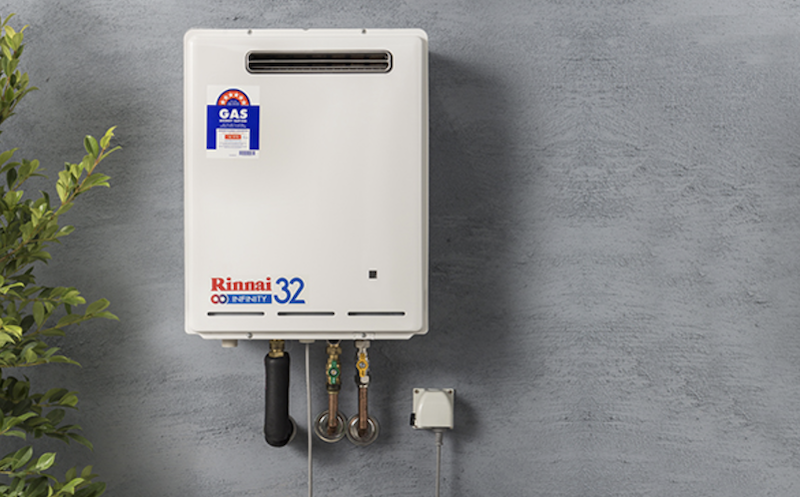
Common issues with hot water systems include leaks, insufficient hot water, no hot water, strange noises, and fluctuations in water temperature. These problems can arise due to various factors such as age, sediment build-up, faulty components, or inadequate installation.
Additionally, hard water can lead to mineral build-up within the hot water system, which can cause issues such as clogging and reduced efficiency. Regular maintenance, such as flushing the system and replacing worn-out components, can help prevent many hot water system problems. If a problem with the hot water system persists, it’s essential to enlist the services of a licensed plumber to diagnose and repair the issue.




